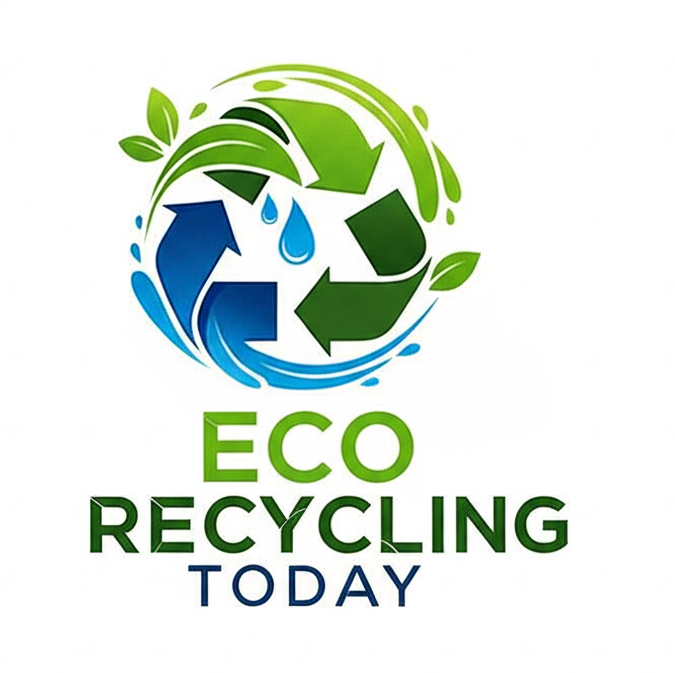Climate change is one of the greatest challenges of our time, and greenhouse gas (GHG) emissions are a major contributor. While renewable energy and green transportation often dominate the conversation, recycling is an equally powerful, yet often overlooked, solution. We explore how recycling helps reduce greenhouse gas emissions, and why it should be a key part of any climate action strategy.
What Are Greenhouse Gases?
Greenhouse gases like carbon dioxide (CO₂), methane (CH₄), and nitrous oxide (N₂O) trap heat in the Earth’s atmosphere. These gases are produced by burning fossil fuels, industrial processes, and waste decomposition in landfills. The more GHGs we release, the more the planet warms, leading to rising sea levels, extreme weather events, and habitat loss.
How Recycling Reduces Greenhouse Gas Emissions
1. Reducing Energy Use in Manufacturing
Producing goods from recycled materials requires far less energy than using virgin raw materials. For example:
- Recycling aluminum saves up to 95% of the energy compared to making it from bauxite ore.
- Recycled paper uses about 60% less energy than new paper from trees.
- Recycled plastics require significantly less oil and energy during reprocessing.
Lower energy use means fewer fossil fuels are burned, directly reducing CO₂ emissions from power plants and manufacturing facilities.
2. Cutting Emissions from Landfills
When organic waste like paper, food scraps, or yard trimmings decomposes in landfills, it generates methane, a GHG 84 times more potent than CO₂ over a 20-year period. By recycling and composting this waste instead, we prevent methane release and reduce harmful emissions.
3. Preserving Natural Resources
Extracting and processing raw materials—like mining for metal, drilling for oil, or cutting down forests—releases massive amounts of CO₂. Recycling helps conserve forests, water, and minerals, which reduces the environmental disruption and emissions caused by extraction and transportation.
4. Reducing Transportation Emissions
Transporting raw materials from remote locations adds significantly to GHG emissions. By recycling locally, we reduce the need for long-distance shipping of raw materials and finished products, leading to fewer transportation-related emissions.
Real-World Impact: Recycling Statistics
- Recycling 1 ton of paper saves more than 3 cubic yards of landfill space and prevents over 1 ton of CO₂ emissions.
- Recycling 1 ton of aluminum prevents nearly 10 tons of CO₂ equivalents.
- If every U.S. household recycled just 10% more, it would reduce GHG emissions equivalent to removing 2 million cars from the road.
How You Can Help
Every small action adds up. Here's how you can reduce GHG emissions through recycling:
- Sort and clean your recyclables: Ensure items like bottles, cans, and cardboard are properly prepared.
- Buy recycled products: Support the circular economy by choosing goods made with post-consumer recycled content.
- Compost organic waste: Divert food and yard waste from landfills to reduce methane emissions.
- Advocate for better recycling infrastructure: Encourage local governments to improve access to and education about recycling.
Recycling is more than just a feel-good habit—it’s a powerful climate solution. By cutting energy use, reducing landfill methane, preserving natural resources, and lowering transportation emissions, recycling plays a critical role in the fight against global warming.
